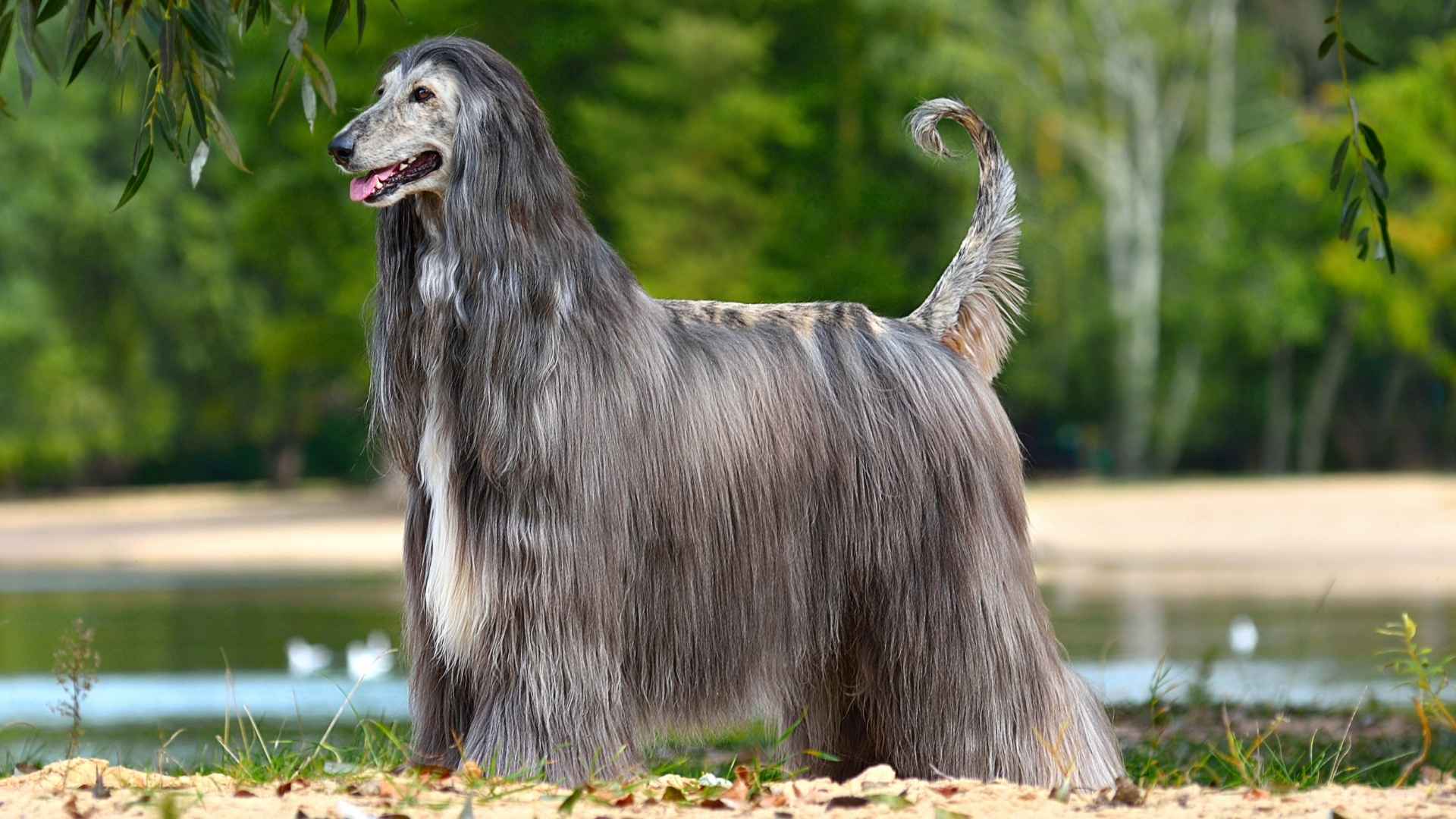When you scroll through endless photos of adorable puppies, ancient history is probably the last thing on your mind. But here’s a mind-blowing fact: some of the dogs we cuddle today have been trotting across this planet for thousands of years!
These aren’t just any dogs; they’re the OGs of the canine world. Think of them as the original rock stars of dogdom, breeds so ancient that genetic research links them directly to the gray wolf.
While countless other breeds came and went, shaped by human trends and crossbreeding fads, these resilient pups didn’t need reinvention. They survived, thrived, and stayed true to their roots—because when you’re built to last, you don’t need a makeover.
Ready to meet these living pieces of history? Let’s dive in!
Oldest Dog Breeds
1. Saluki
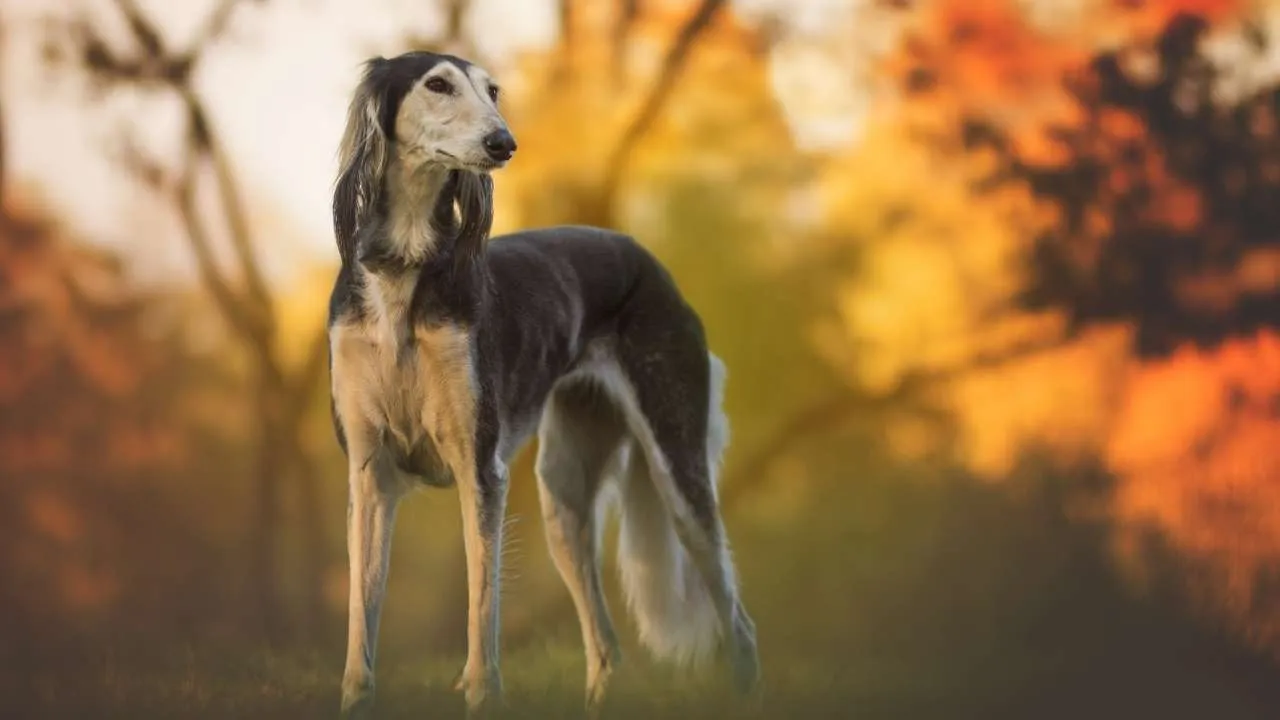
The Saluki currently holds the Guinness World Record as the world’s oldest dog breed. According to the World History Encyclopedia, archaeologists uncovered a golden pendant depicting a Saluki that dated back to 3,300 BCE, which means these hunters were already well-established when most of human civilization was still figuring out basic agriculture.
According to the AKC, Salukis are spirited runners who thrive with space and need a securely fenced yard to stay safe near roads.
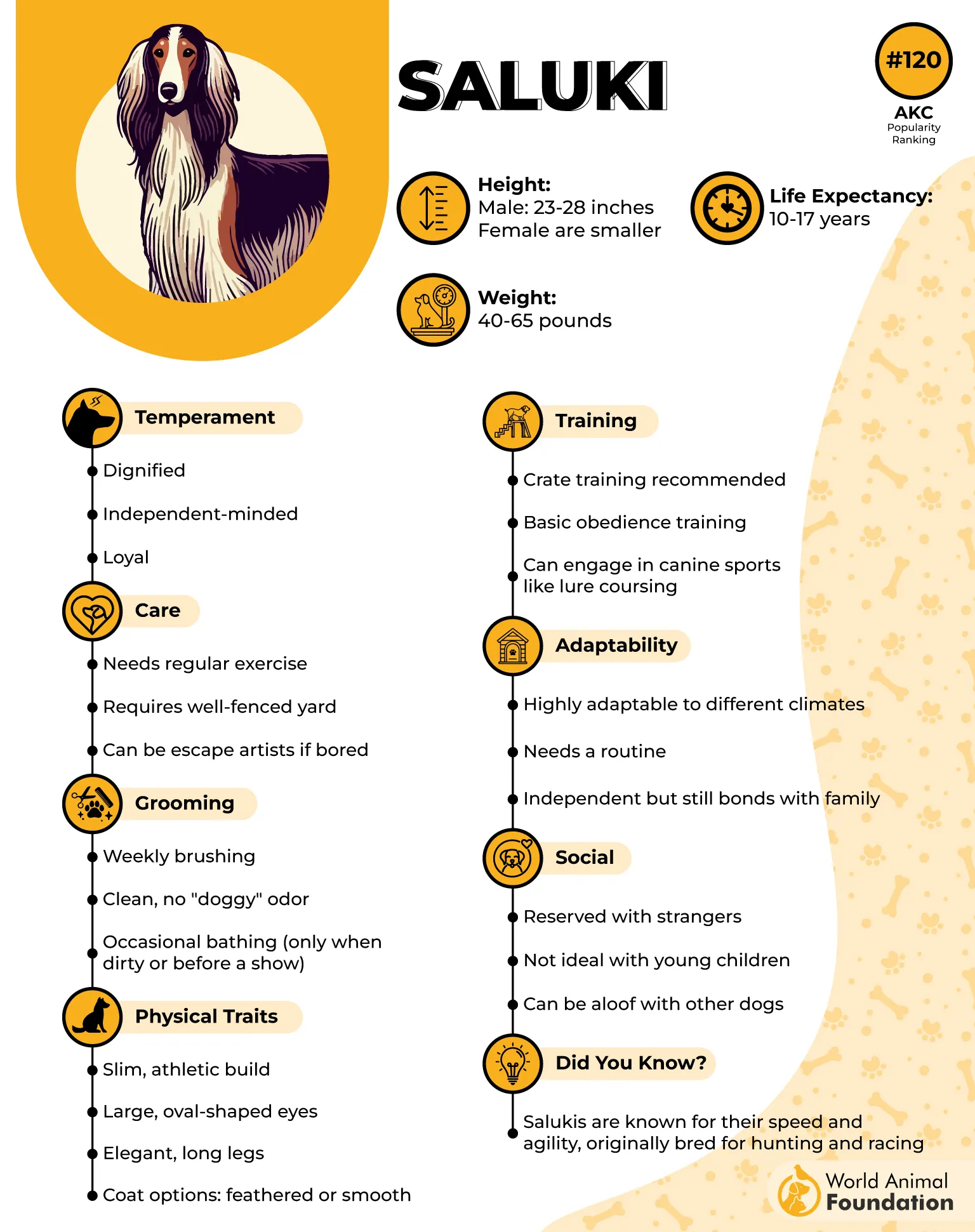
Origins & Ancient Skills
Middle East origins, particularly beloved by Arab tribesmen who called them “El Hor” (The Noble One)
Bred specifically for hunting gazelle across desert terrain
Can reach speeds of 30-35 mph, with some reaching nearly 50 mph
The popularity of these dogs among ancient Egypt’s elite wasn’t just about status – it was about survival. Sacred to the Egyptians, who called it the “royal dog of Egypt,” the Saluki was popular with the Pharaohs and was used to hunt gazelles.
But the real deal was with Bedouin nomads who depended on these dogs to hunt hare and other prey for sustenance.
These independent dogs aren’t the easiest to train – they think for themselves, which served them well when making split-second decisions during desert hunts. That same independence and intelligence can drive modern pet parents a little crazy, but it’s part of their ancient charm.
2. Afghan Hound
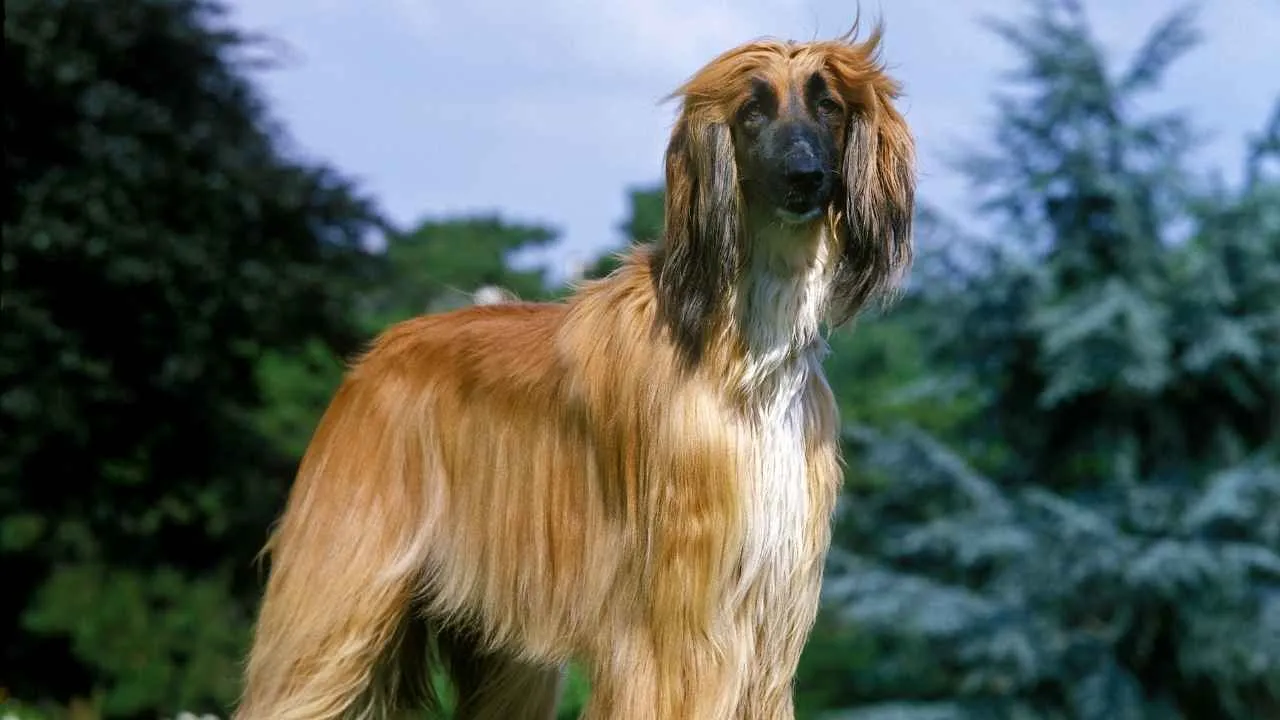
If dogs had a red carpet, the Afghan Hound would own it. These flowing-coated beauties didn’t just happen by accident – they’re the result of thousands of years of selective breeding in the harsh mountainous regions of Afghanistan, where their silky coat served as protection against brutal climate.
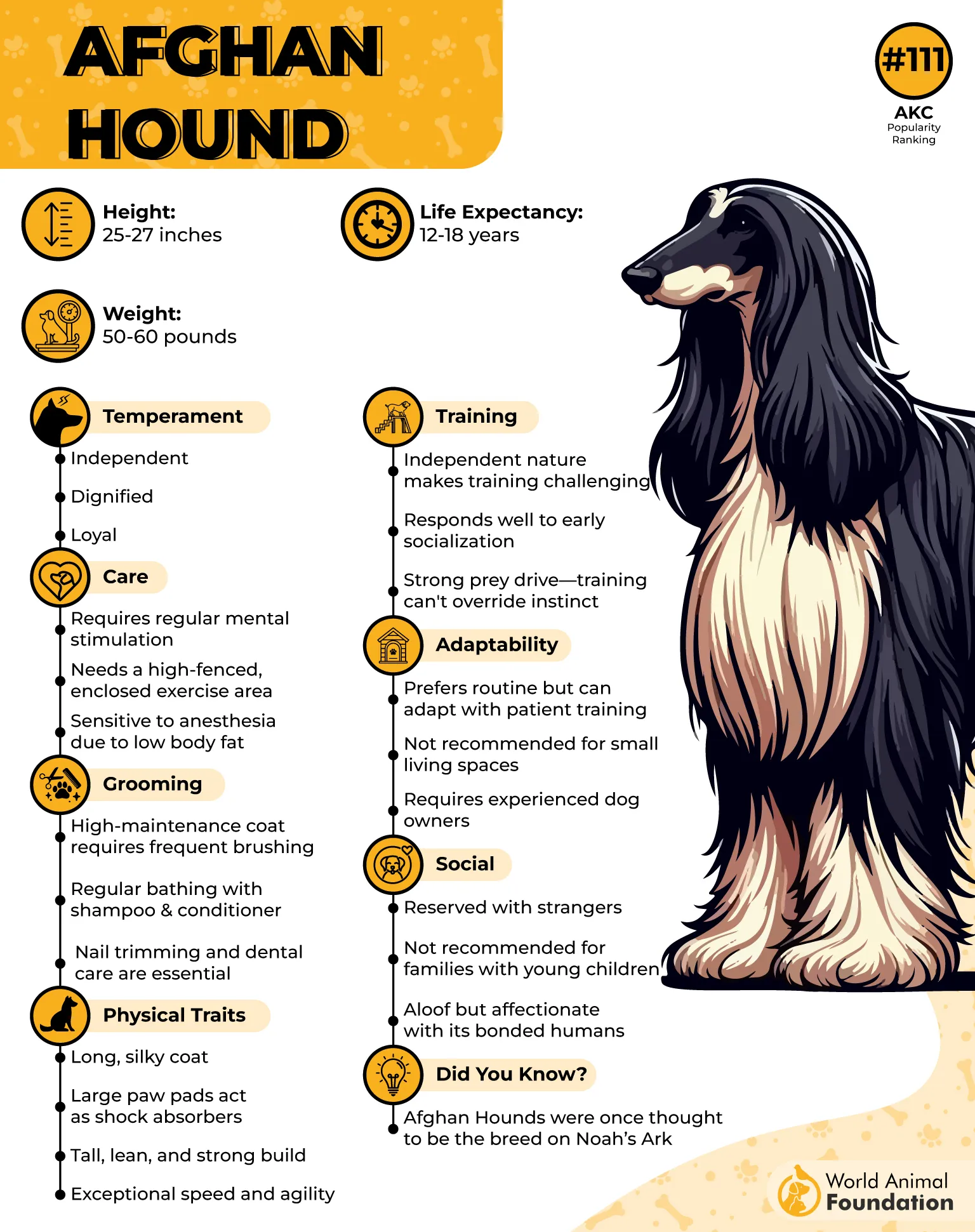
Care Requirements & Modern Life
Daily brushing is essential to prevent matting of their famous coat
Requires 1-2 hours of exercise but prefers short bursts over long walks
Thrive in cooler climates due to their thick coat adaptation
What sets Afghan Hounds apart is their almost cat-like personality. They’re aloof with strangers but deeply devoted to their family members.
This isn’t a breed that’s going to greet every visitor with tail-wagging enthusiasm, and honestly, that’s part of their appeal. They’re selective with their affection, which makes earning their trust feel like a real accomplishment.
3. Basenji
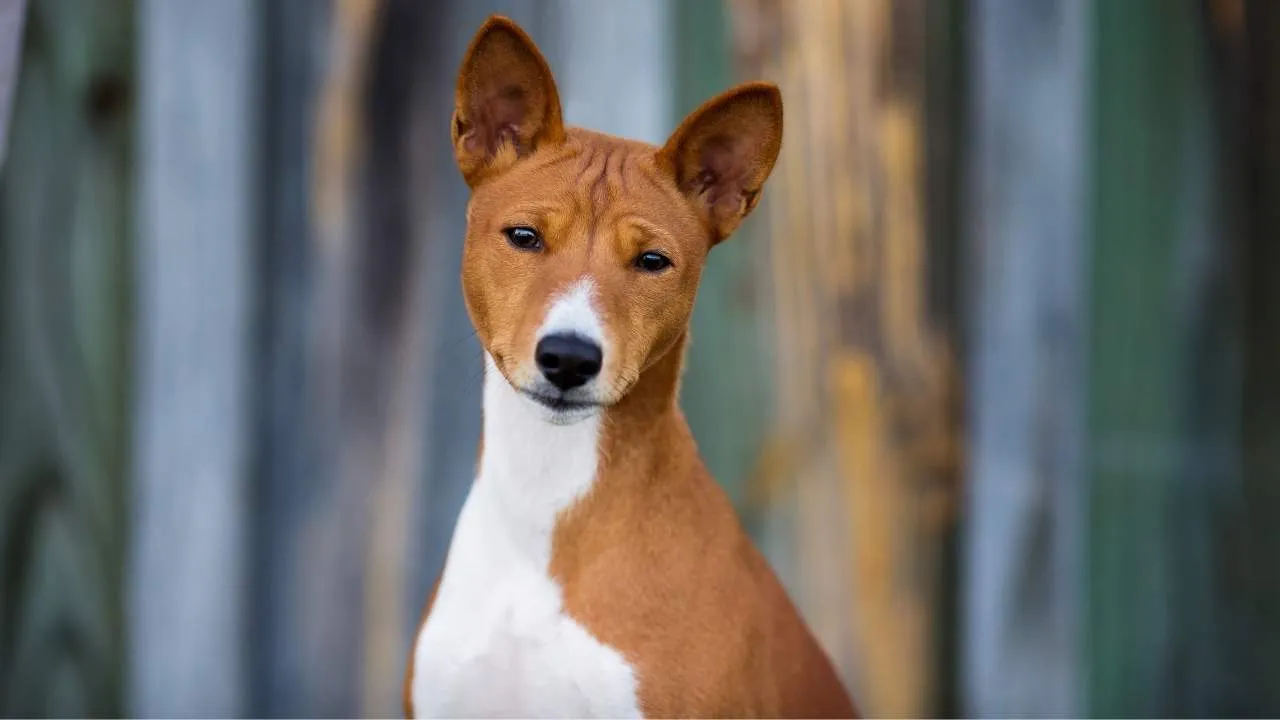
The Basenji is often called the “barkless dog,” but that doesn’t mean they’re silent. This distinct breed is full of cute pets that are compact hunters from Central Africa and have developed their unique way of communicating that sounds more like yodeling than traditional barking.
The Basenji is a unique character who, instead of barking, lets out yodels and chortles when excited, as per Purina UK.
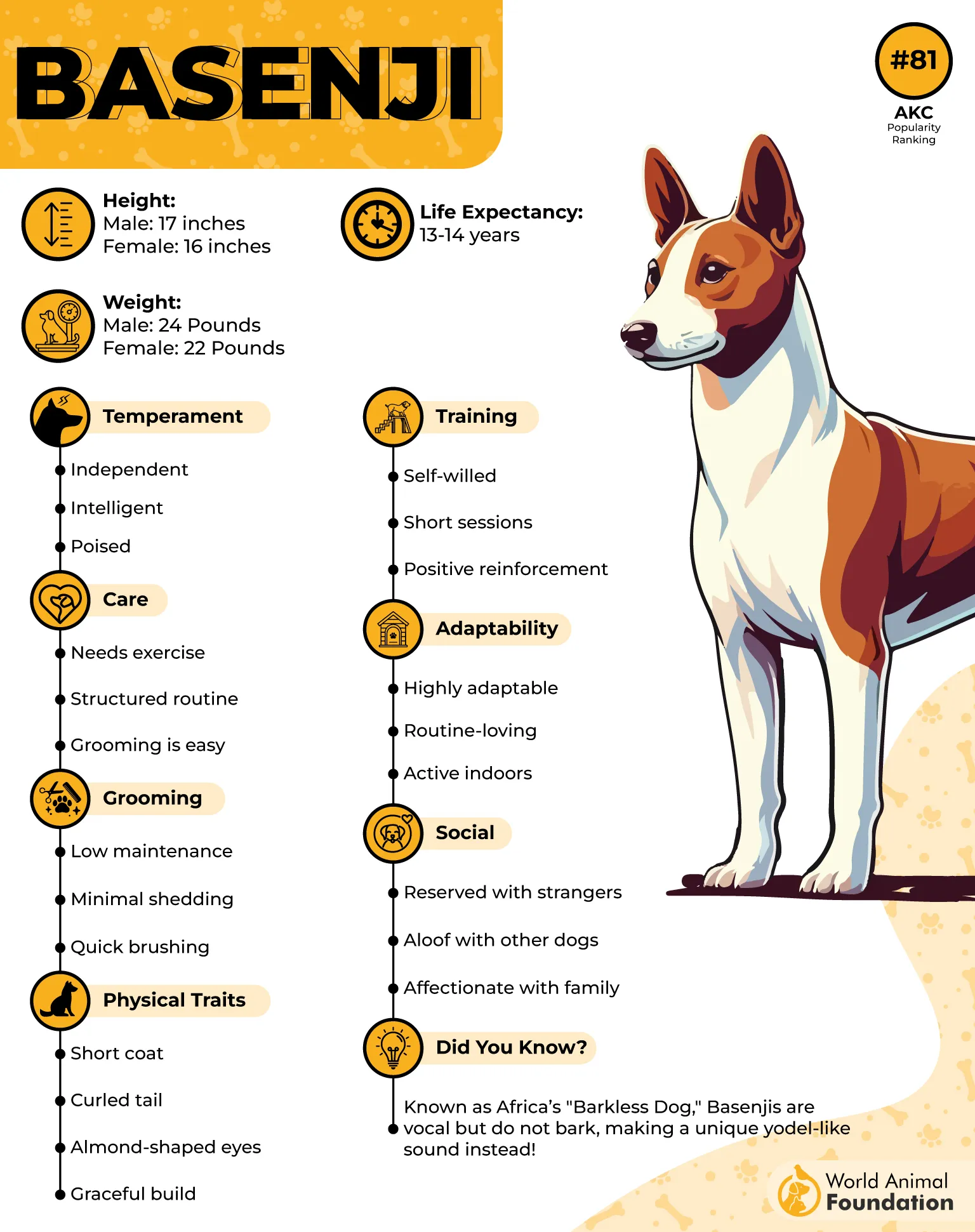
Origin & Unique Characteristics
Central Africa’s origins, particularly prized by Pygmy tribes
Natural hunting ability for small game in dense forests
Medium energy level with bursts of intense activity
Basenjis are like the cats of the dog world – they’re incredibly clean, they groom themselves, and they have this almost superhuman ability to get into trouble when you’re not watching.
Their hunting instincts are still incredibly strong, which means they’ll chase anything that moves, from cats to squirrels to that leaf blowing across your yard.
4. Akita Inu
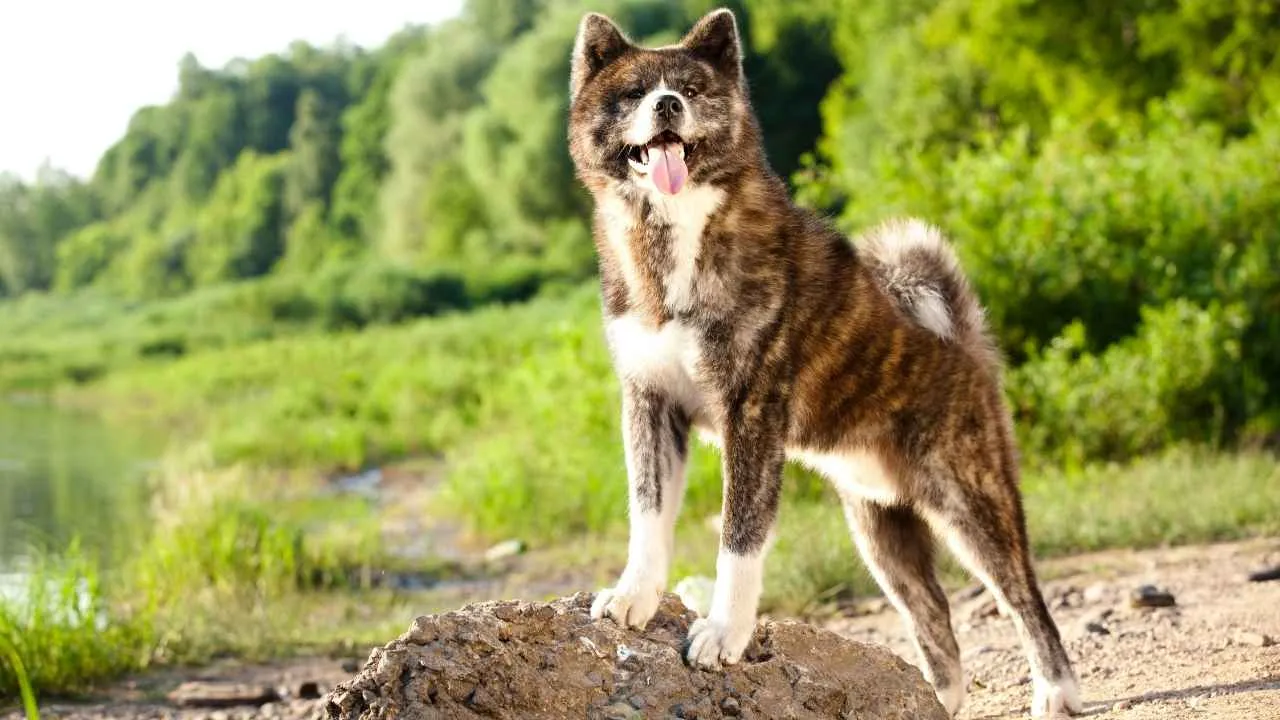
When we talk about the Akita Inu, we’re diving into some seriously ancient territory. Archaeological discoveries suggest that the Akita dog has existed for more than a thousand years as a human companion, as mentioned by the Midwest Akita Rescue Society.
Entertainment & Happiness Requirements
Needs job-like activities to stay mentally satisfied
Enjoys snow activities and cold-weather play
Requires consistent leadership and a structured routine
The Japanese take their Akitas seriously – these dogs are considered symbols of good fortune and loyalty. There’s even a famous statue of an Akita named Hachiko who waited for his deceased owner at a train station for nearly 10 years. That level of devotion isn’t just a heartwarming story – it’s bred into these dogs’ DNA.
The American Kennel Club recognizes both the Japanese Akita (Akita Inu) and American Akita as separate varieties, but the Japanese version tends to be smaller and more refined.
Both types share that characteristic independence that can make training interesting; they’re not Golden Retrievers who live to please. They’ll think about your request and decide if it makes sense to them first.
5. Greyhound
Size: 27-30 inches
Weight: 60-70 pounds
Lifespan: 10–13 years
Temperament: Independent / Gentle / Noble
Most folks think of Greyhounds as retired racing dogs lounging on couches, but these lean machines have been clocking impressive speeds for thousands of years.
Archaeological sites across ancient civilizations have turned up artwork and artifacts featuring these distinctive sighthounds, proving they’ve been humanity’s go-to hunting companions for millennia.
Food Preferences & Dietary Quirks
Requires high-quality protein but smaller portions than expected
Sensitive stomach – avoid rich, fatty foods
Prone to bloat – needs multiple small meals rather than large portions
The temperament thing is where Greyhounds shine. These are gentle souls who adapt incredibly well to family life. They’re often called “40-mile-per-hour couch potatoes” because they can go from zero to highway speeds in seconds, then happily nap for the next 18 hours.
It’s the perfect combination for modern pet parents who want an impressive-looking dog without the constant exercise demands. Many Greyhound owners end up buying special orthopedic beds because these dogs are all about comfort when they’re in rest mode.
Their dislike list is pretty short but important – they generally don’t enjoy rough play with other dogs, they’re not fans of extreme temperatures (too hot or too cold), and they can be surprisingly picky about their sleeping arrangements.
6. Alaskan Malamute
Size: 23-25 inches
Weight: 75-85 pounds
Lifespan: 10-14 years
Temperament: Loyal / Playful / Affectionate
When you’re talking about dogs that shaped human history, the Alaskan Malamute deserves serious respect. They came from northwestern Alaska. The Alaskan malamute was living with the Alaskan Inuit Mahlemuts Tribe near the Arctic Circle.
Grooming & Exercise Essentials
Double coat requires brushing 2-3 times weekly, daily during shedding season
Needs 2+ hours of vigorous exercise daily
Built for pulling and carrying – backpack walks are ideal
The grooming situation with Malamutes is no joke. We’re talking about an ancient breed that was designed to survive Arctic conditions, which means it has a double coat that would make a polar bear jealous.
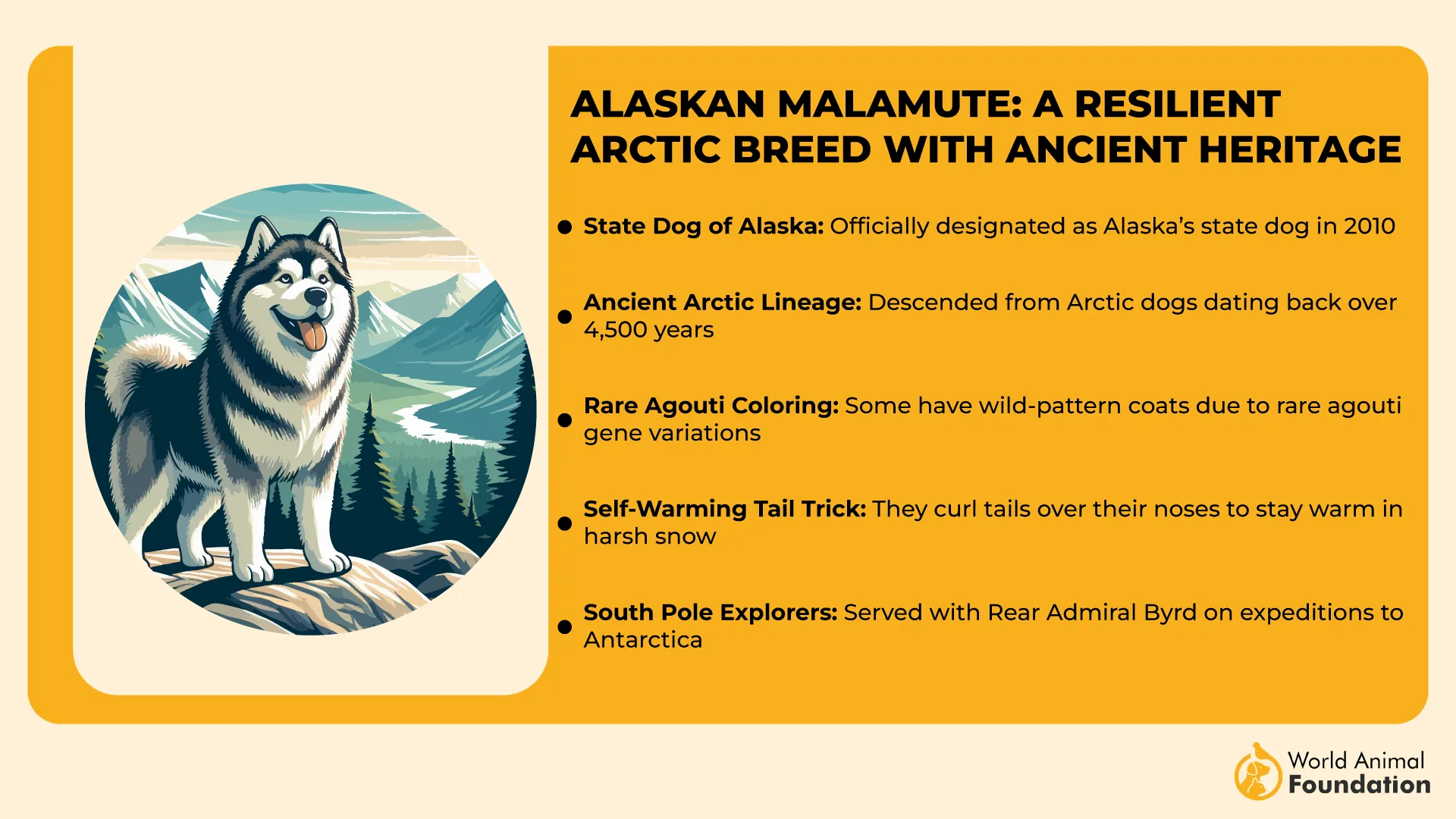
The origin story of these dogs is pretty remarkable. They developed alongside the Inuit people in some of the most isolated regions on Earth, which created a bond between human and dog that went way deeper than typical pet ownership, as per Wikipedia.
These dogs weren’t just companions – they were essential team members whose strength and endurance meant the difference between life and death during long Arctic journeys.
7. Chow Chow
Size: 17-20 inches
Weight: 45-70 pounds
Lifespan: 8-12 years
Temperament: Serious / Dignified / Bright
Last but not least, we’ve got the Chow Chow – a breed so distinctive that once you see that blue-black tongue, you’ll never forget it. These fluffy lions have been padding around ancient China for thousands of years, serving roles that ranged from hunting companions to palace guardians.
The Chow Chow has worn many hats, like sled dog, livestock guardian, and hunter, according to Hill’s Pet.
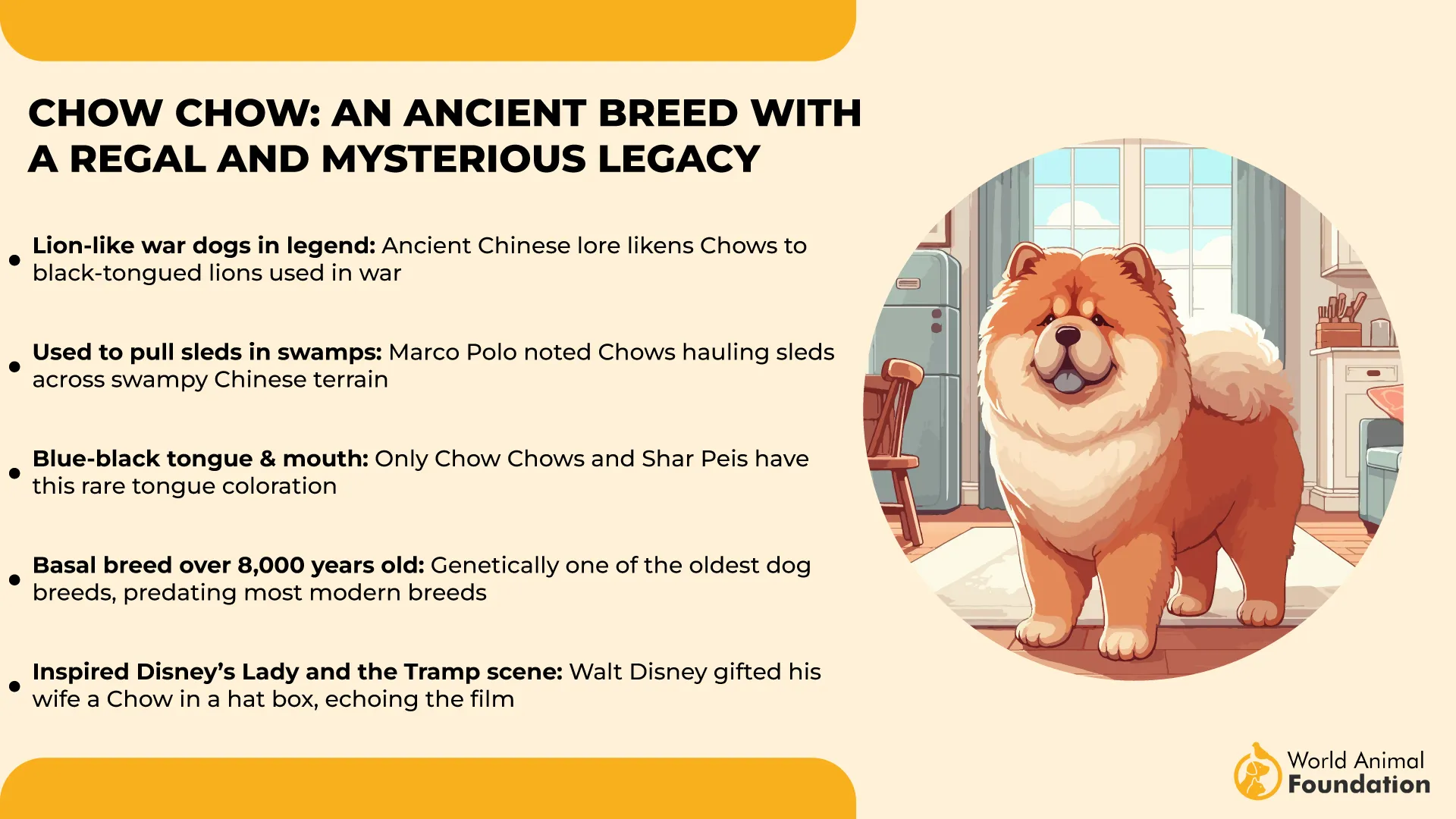
Appearance & Personality Traits
Distinctive blue-black tongue (shared only with Shar Peis)
Lion-like mane and scowling expression
Aloof with strangers but devoted to family
.These dogs have personalities that are more like cats than typical dogs. They’re independent, they choose their favorite humans, and they have zero interest in pleasing strangers.
That scowling expression isn’t just for show – it’s an accurate representation of their attitude toward life. Chow Chows take themselves seriously, and they expect to be treated with the respect due to their ancient lineage.
They’re not going to roll over for belly rubs from random visitors, and they’re certainly not going to pretend to be excited about meeting every dog at the park.
Conclusion
The most ancient dog breeds represent something pretty amazing when you think about it, living links to our shared history with domestic dogs. Modern breeding has created hundreds of new varieties, but these seven breeds have maintained their essential characteristics for thousands of years, proving that sometimes the original is the best.


